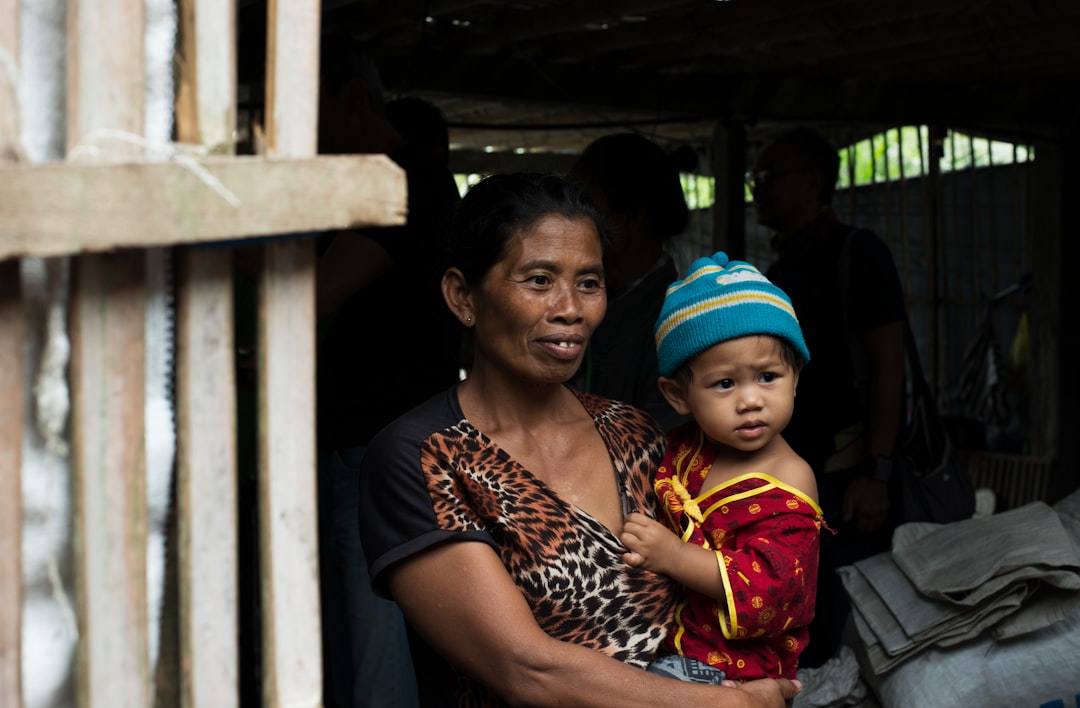What is it about?
The main finding of the study is that a number highly vulnerable states, including economically successful small island economies, emerged with high resilience scores, suggesting that they adopt policies that enable them to withstand the harmful effects of external shocks. . On the other hand, a number of countries, mostly large and poor developing countries, that are not highly exposed to external shocks due to their limited dependence on external trade, emerged with a low degree of policy-induced economic resilience.
Featured Image
Why is it important?
An important practical implication of this study is that highly economically vulnerable states can reduce the harmful effects of external economic shocks if they adopt policies that lead to resilience building. On the other hand, countries that are not highly exposed to external shocks, can render themselves economically unstable due to their weak economic, social and environmental governance.
Perspectives
This study extends previous work on the vulnerability and resilience framework, to include almost all countries of the world, using updated data, and has revised the resilience index to include environmental governance. It has also redefined market flexibility to allow for the downsides of excessive financial riskiness. The revision of vulnerability and resilience indices in the light of new data and their interaction showed more convincingly that economies that are highly economically vulnerable could still register economic success as a result of resilience-conducive policies associated with good economic, political, social and environmental governance.
Prof Lino P Briguglio
University of Malta
Read the Original
This page is a summary of: Exposure to external shocks and economic resilience of countries: evidence from global indicators, Journal of Economic Studies, November 2016, Emerald,
DOI: 10.1108/jes-12-2014-0203.
You can read the full text:
Contributors
The following have contributed to this page










